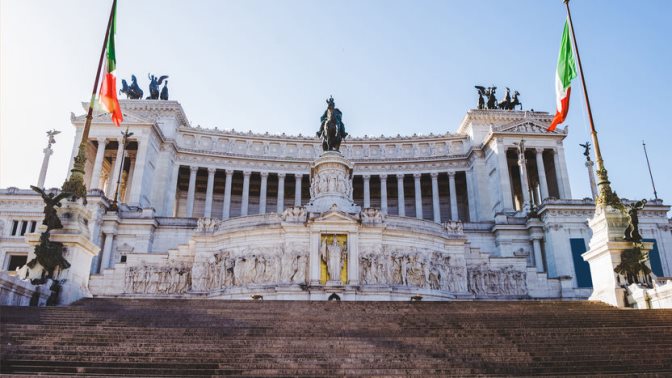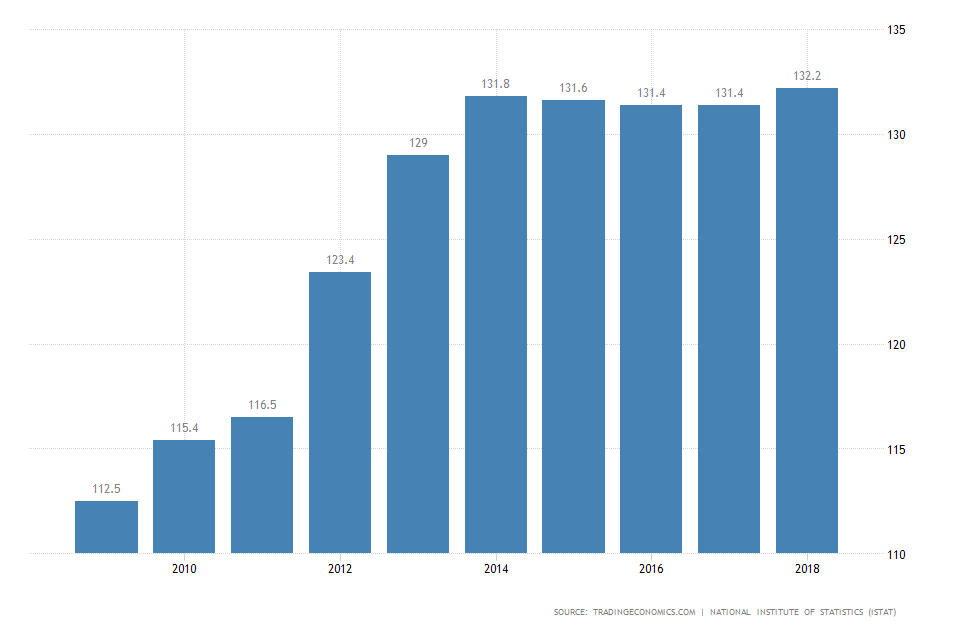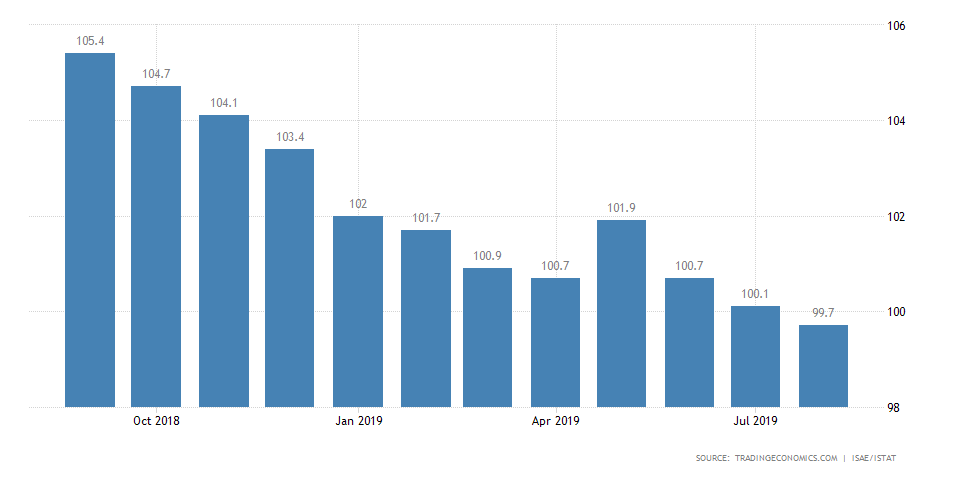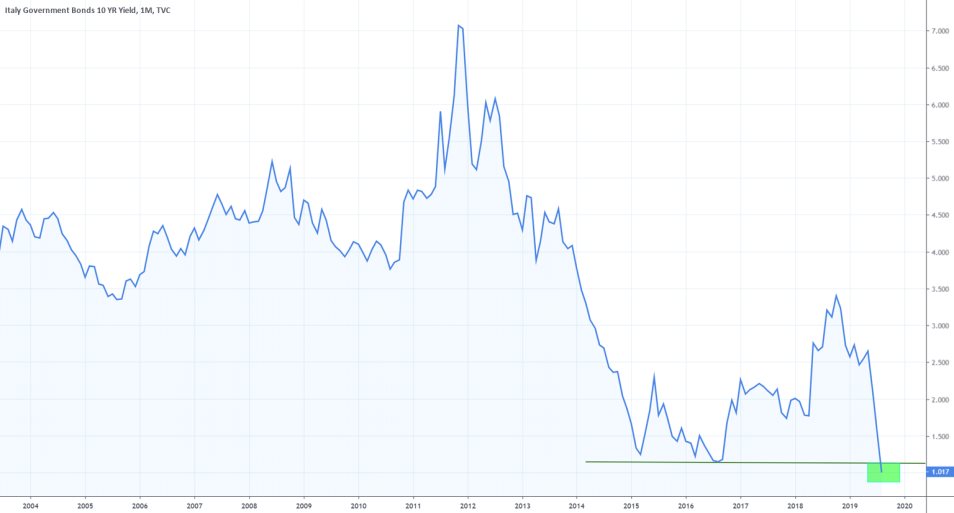
Unlikely Partners
On the 8th of August Matteo Salvini, the leader of the League party and also one of two deputy prime ministers in Italy’s now previous government, announced his party’s decision to break political ties with former coalition allies the Five Star Movement, in a bid to instigate new elections, which Mr Salvini expected to result in a majority win for him and his party.
According to national polls, the League’s support amounted to 40 per cent of the electorate as measured immediately after Mr Salvini’s announcements, which was weighted by analysts as being sufficient for the party to snatch a victory in elections, which would have blasted Salvini into a leadership role of a newly formed Right-Wing alliance.
Despite this struggle for political supremacy, however, the plans of the populist party and its prominent, Eurosceptic leader with strident opinions on immigration backfired significantly, as the until recently opposing rivals – the Democratic Party and the Five Star Movement – agreed to form a coalition under the reinstated Prime Minister Giuseppe Conte. The former is considered by many critics to be an elitist establishment supporting unfavourable political causes, while prominent European leaders the likes of Emmanuel Macron and Angela Merkel have praised the party’s attempts to limit Italy’s soaring foreign debt, by implementing policies of fiscal austerity.
The latter, on the other hand, was created as an antagonistic alternative to the established elitist order of Italy’s mainstream political arena at the high of 2015’s Syrian refugees’ crisis, which is why the Five Star Movement’s political agenda is structured around anti-immigration policies, and the party is also potently advocating the tackling of corruption at the high levels of governance.
The two political parties have always been at odds with each other owing to their diverging political ideologies, and yet, the recent split of FSM’s coalition with the League, compelled Luigi Di Maio, the leader of the FSM and former deputy minister to Conte alongside Salvini in the last government, to seek partnership with his ideological adversaries. Thus, Conte's plans to spearhead a new government, where Maio’s Five Star Movement is to form a new coalition with the Democratic Party, is seen by many as an attempt by the ideologically opposing sides to head off Salvini’s recent attempts at seizing more political power.
The prevailing question is whether this fragile partnership, which has little to no historical foundations, could endure the FSM and DP’s differences and resist Salvini’s charge for political power? His League is still the most popular party in the country despite the recent decrease in the overall support, and thus, remains a primary contender for the seats in Parliament, which is why Salvini pushes so hard for new elections.
“The enemy of my enemy is my friend” …. kind of
The prevailing expectations are for Conte to deliver his list of the new government officials to the President Sergio Mattarella by Wednesday afternoon, which would allow for the new government to be officially incepted by the end of next week. Many political analysts weigh in on the potential stability of such a coalition government that appears to be fused together by the mutual disagreements that the DP and the FSM have with the League party, which remains the biggest political power, as it was mentioned above. Thus, the delicate alliance between the DP and FSM could easily be distorted in the absence of additional incentives for the two political parties to remain cooperative with each other.
In terms of politics, the two have had their rocky relationship in the past, and presently, the only real topic that might draw them closer is the issue of immigration. The Democratic Party has urged for the creation of a new social reform in the past and has most recently agreed to work with its new partner for the development of a new law on immigration. The Five Star Movement's rhetoric, on the other hand, has been much more strident in the past, and the party has contended on multiple occasions in favour of a more efficient anti-immigration policy.
In terms of economics, however, the two parties struggle to find such common grounds, and are in disagreement on key matters, chiefly that of debt. Italy is currently running a huge foreign debt deficit, which could potentially trigger a new economic crisis in the European Union if the entire situation is mishandled and the credit bubble is allowed to burst. Italy’s debt is currently equal to 132.20 per cent of its annual Gross Domestic Product, which ranks the country second to Greece (181 per cent) from the rest of the EU union member-states, and fourth in the world.

Is the bubble about to burst?
As it can be seen from the chart above, the Italian foreign debt is at an all-time high presently, and one of the most challenging tasks for Conte's new cabinet would be to reassess the manner in which government spending is being administered, and also to convince investors that the situation is still manageable.
At the current rate, investors' confidence is being constantly tested, and certain indications of ripples in the economy can be observed, namely the redirection of investors' capital to low-yield securities, which could potentially disrupt the entire business cycle if a sufficiently large amount of capital is being withdrawn from the regular circulation.

The business confidence index is currently at its lowest level since 2014, slightly below the market expectations, which signifies the gloomy prospects for subdued growth in the coming fiscal quarters. The deteriorating index illustrates the gradually changing investors' sentiment in the country, as businesses brace for a likely contraction of the economy. This trend of capital redirection to low-risk securities is exhibited most evidently in the Italian bonds market.

The 10-Years Italian Government Bonds’ yield tumbled to 0.930 in early September, which is the lowest recorded level in history and is the clearest deposition of the shattered investors’ confidence to-date. Conte and his new cabinet would have to make sure that investors regain their trust in the government's ability to limit the soaring debt, and thus, compel them to stop withdrawing their funds from the economy's broader circulation, otherwise, Italy's ticking credit bomb might explode.




















